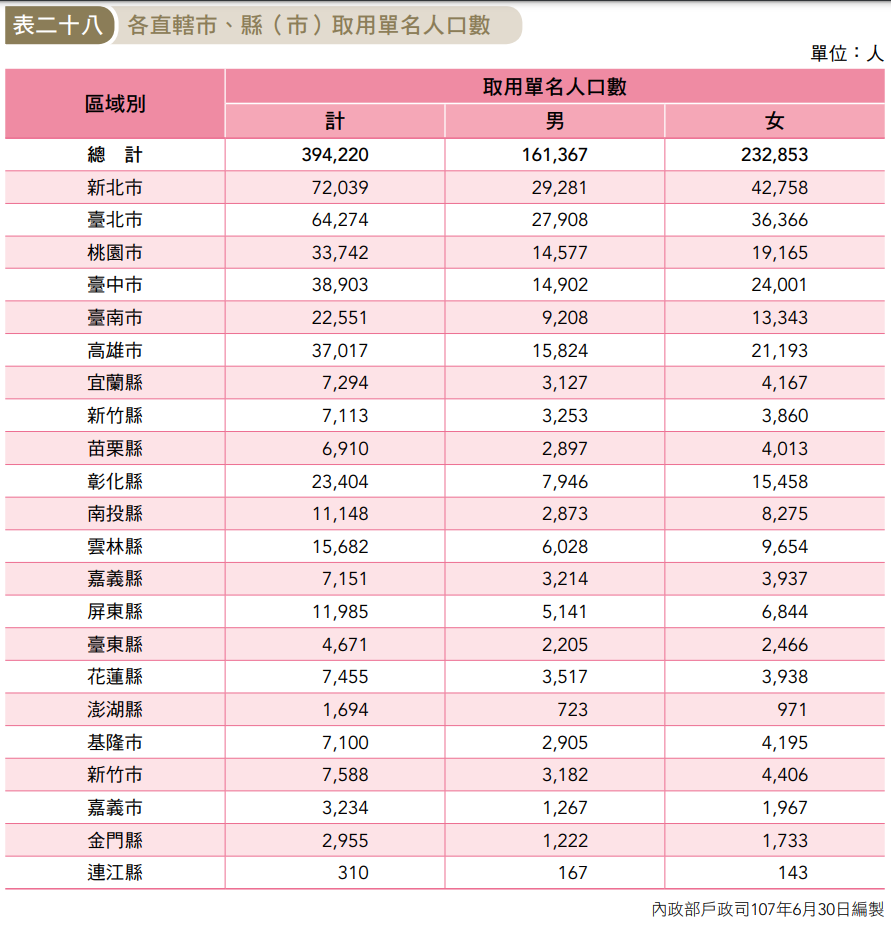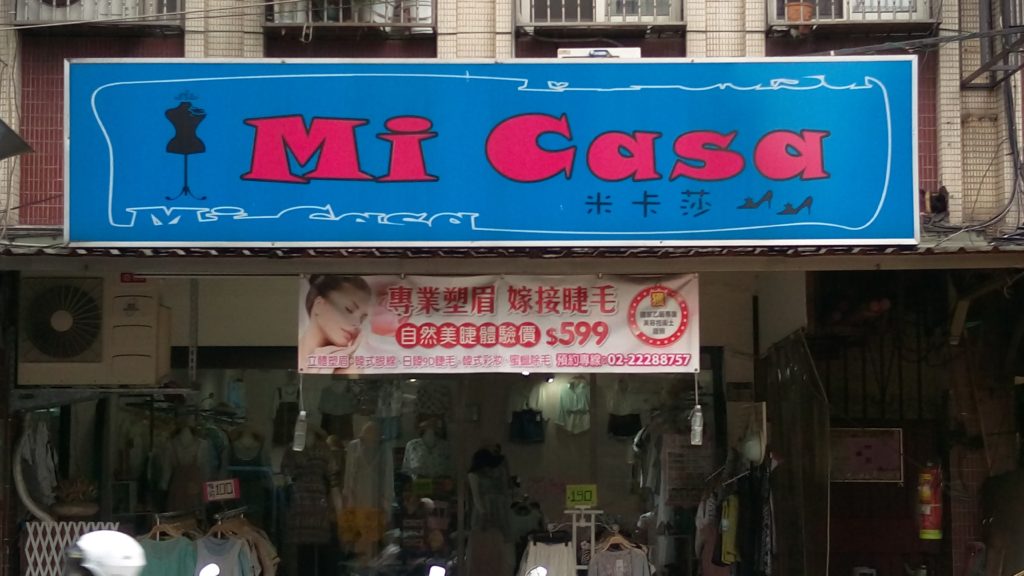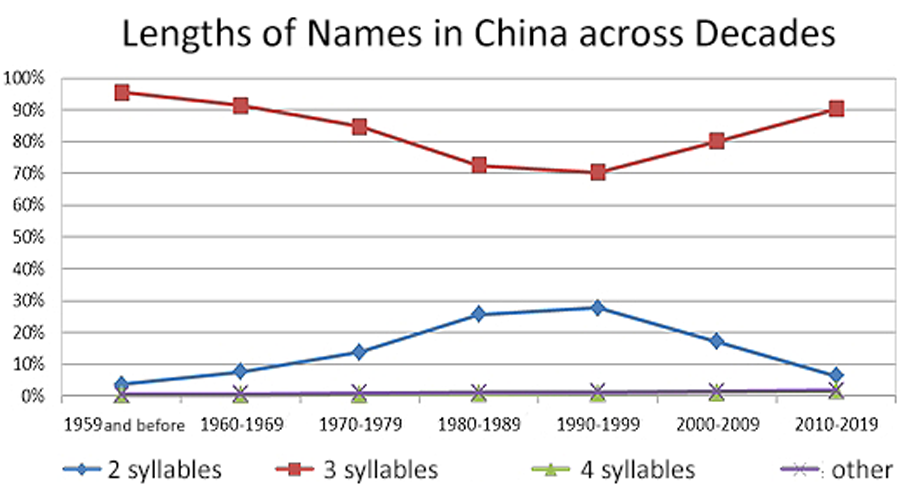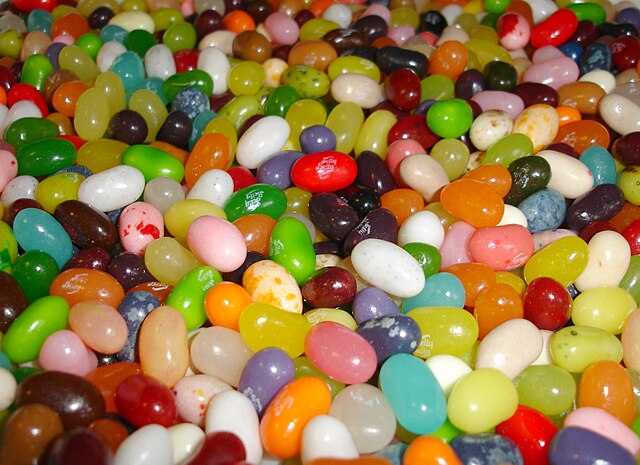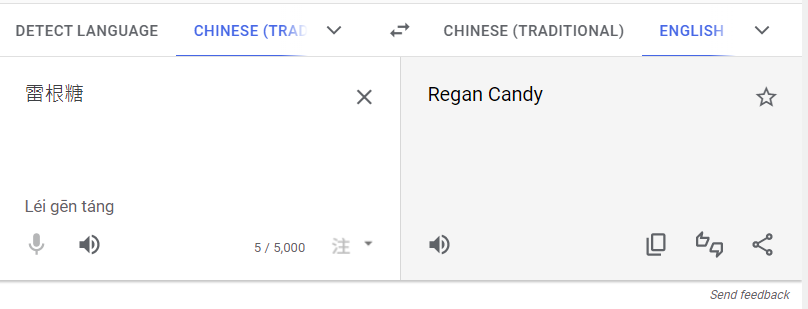Until ten years ago or so, the Democratic Progressive Party (DPP) was the Taiwan political party most likely to use English in its campaign material. But other parties have jumped on that bandwagon, even if that English is not necessarily very good.
This presidential campaign we have several examples of English slogans, with half of them based on the candidate’s name.
My previous post showed a poster for Terry Gou (Hanyu Pinyin: Guo Tai-ming) with the slogan of “GOOD TiMING.” (His Mandarin given name, “Tai-ming,” is largely homophonous with the English word “timing.”) The other day I came across a same-same but different poster, this latter one in Zhonghe.
The Zhonghe one, though, has the less successful variant English slogan of “GOOD TiMEING” (with an e).
Gou’s campaign website currently has the e-less version, as does his recently released (and soon withdrawn) ill-advised video, so it would appear that the “TiMEING” version is older, as is the inclusion of Mandarin (改變 好時機 / gǎibiàn — hǎo shíjī / change — good opportunity). Yesterday I also saw the e-less version on the side of a bus.
FWIW, using English’s -ing ending with Mandarin has already been around for several election cycles.
The campaign for Ko Wen-je (Hanyu Pinyin: Ke Wen-zhe) is employing the vaguely positive-sounding but clunky English slogan of “Keep Promise”, which is meant to echo his nickname of “Ko P” (from Professor Ko). Ko’s own level of English is surely better than that, but he used it anyway.
The candidate whose personal command of English is strongest might be the Harvard-educated Lai Ching-te (Hanyu Pinyin: Lai Qing-de) of the DPP. His English slogan, however, does not evoke the sound of his name, likely because his family name of “Lai” sounds very much like the English word “lie.” Instead, he has “TEAM TAIWAN”, along with the related Mandarin of 挺台灣 / tǐng Táiwān. Ting (endure, stand) and team are phonetically similar though certainly not identical.
The remaining presidential candidate of note, Hou Yu-ih (侯友宜) of the Kuomintang, does not appear to have an English slogan. Incidentally, I have no idea how he came up with the romanization of his name. It doesn’t match any of the main romanization systems in Taiwan for Mandarin, nor is it an English-friendly ad hoc version. In Hanyu Pinyin, his name would be written Hou You-yi / Hóu Yǒu-yí.
I have no idea how good his English might be — not that it’s a job requirement. When I was introduced to him about five years ago, he didn’t bother to speak to me in any language beyond perhaps a cursory ni hao.



